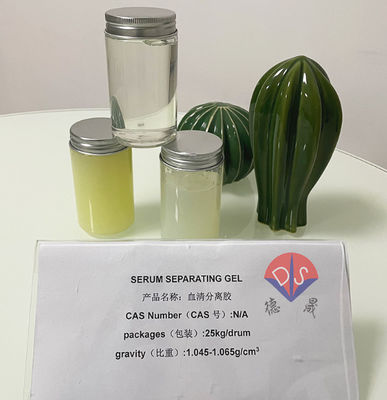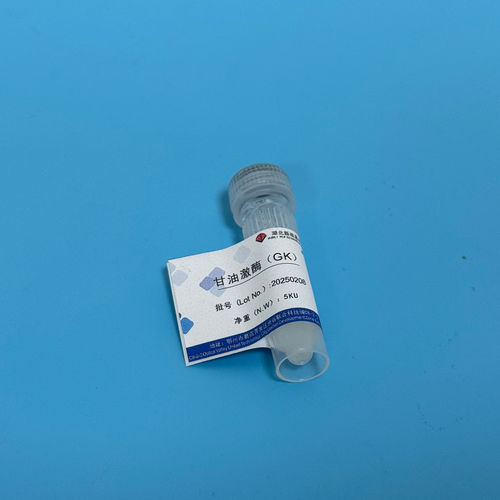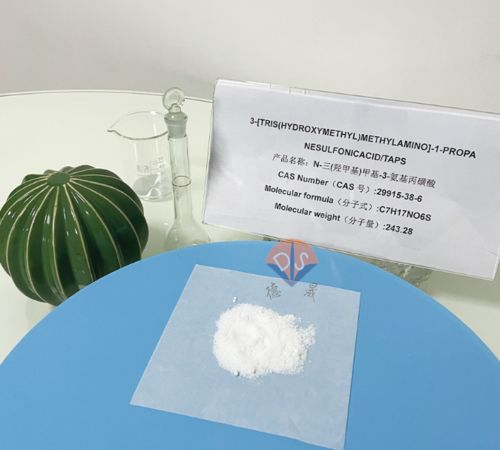How does TAPS, a biological buffer with small inter batch differences, improve research efficiency
2025-11-12
In the fields of life science research and drug development, the reproducibility of experimental results has always been an important challenge faced by researchers. Inter batch differences - the performance differences between reagents from different production batches - are often one of the key factors leading to experimental deviations. Choosing high-quality biological buffering agents is an effective way to solve this problem, and N-tris (hydroxymethyl) methyl-3-aminopropanesulfonic acid (TAPS buffer) is becoming an ideal choice for improving research efficiency due to its excellent inter batch consistency.
1, The impact of inter batch differences on scientific research
The non repeatability of experimental results not only wastes valuable time and resources, but also delays scientific research progress. Many studies have shown that over 70% of researchers find it difficult to successfully replicate others' experiments, with inter batch differences in reagents being the main reason. For key experimental techniques such as cell culture, protein purification, and PCR, the pH stability, ion concentration, and chemical purity of buffering agents directly affect the reliability of experimental results. Therefore, it is particularly important to choose buffering agents with high inter batch consistency.
2, Characteristics and advantages of TAPS buffer
The effective buffering range of TAPS is pH 7.7-9.1, which is very suitable for applications such as enzyme kinetics research, electrophoresis experiments, and cell culture. The sulfonic acid groups in its molecular structure provide good water solubility and chemical stability, while the tertiary amine structure ensures a wide range of buffering capacity. More importantly, the pH variation of high-quality TAPS buffer between different batches does not exceed ± 0.05, and the concentration deviation is less than 1%. This high consistency provides a solid guarantee for the reliability of experimental results.
3, Concrete manifestations of improving scientific research efficiency
The use of TAPS buffer with small inter batch differences can improve research efficiency in multiple aspects. Firstly, researchers do not need to re optimize experimental conditions due to changes in reagent batches, which can reduce about 30% of repeated experiments and directly save time and experimental materials. Secondly, in multicenter studies or long-term projects, the inter batch consistency of TAPS ensures data standardization, enabling direct comparison and analysis of experimental results from different times and locations.
4, Actual application value
During protein purification, TAPS buffer can maintain a stable pH environment, improve protein recovery and activity retention. Its low metal ion content characteristic avoids the influence of heavy metals on protein activity. In the field of cell culture, TAPS provides a physiologically compatible buffer environment that supports cell growth and functional maintenance. Compared to traditional bicarbonate buffer systems, TAPS buffer systems are easier to control pH fluctuations. In molecular biology experiments such as PCR and electrophoresis, the stability of TAPS ensures the clarity of nucleic acid separation and the specificity of reactions, improving the success rate of experiments and the credibility of results.
5, Considerations for choosing high-quality TAPS
Choosing TAPS buffer with small inter batch differences requires consideration of multiple key indicators: purity (≥ 99%), moisture content (≤ 0.5%), heavy metal content (≤ 5ppm), and quality analysis certificate provided by the supplier. Excellent suppliers will provide quality control data for each batch of products, including pH curves, spectral analysis results, and functional testing data, which are crucial for evaluating inter batch consistency. At the same time, the production capacity and inventory management methods of suppliers are also worth paying attention to. Large scale production capacity and good inventory management can ensure that TAPS buffers obtained at different times have the same performance characteristics.
Hubei Xindesheng Material Technology, as a manufacturer of biological buffering agents, has rich experience in research and development and production. In addition to supplying common biological buffering agents such as TAPS, TRIS base, MOPS, CAPS in large quantities, Desheng can also provide customized services for small batches of biological buffering agents. While ensuring stable and excellent product performance, the price is affordable and we can provide good after-sales service. If you need it, you can click on the official website of Hubei Xindesheng for inquiries or contact me directly!
Read More

 Your message must be between 20-3,000 characters!
Your message must be between 20-3,000 characters! Please check your E-mail!
Please check your E-mail!  Your message must be between 20-3,000 characters!
Your message must be between 20-3,000 characters! Please check your E-mail!
Please check your E-mail! 













